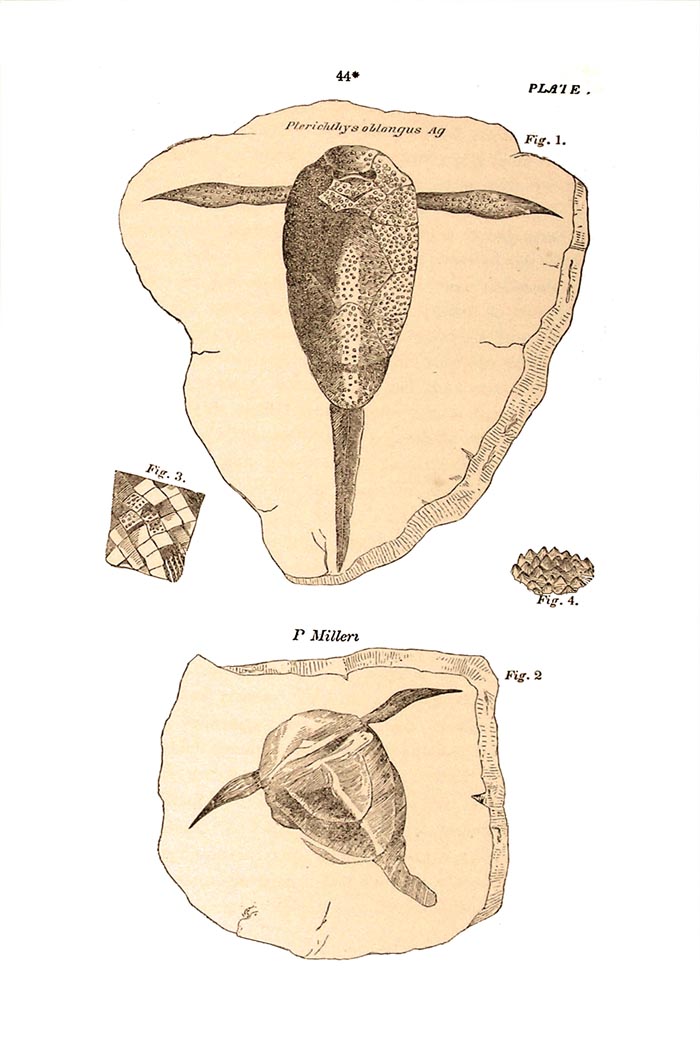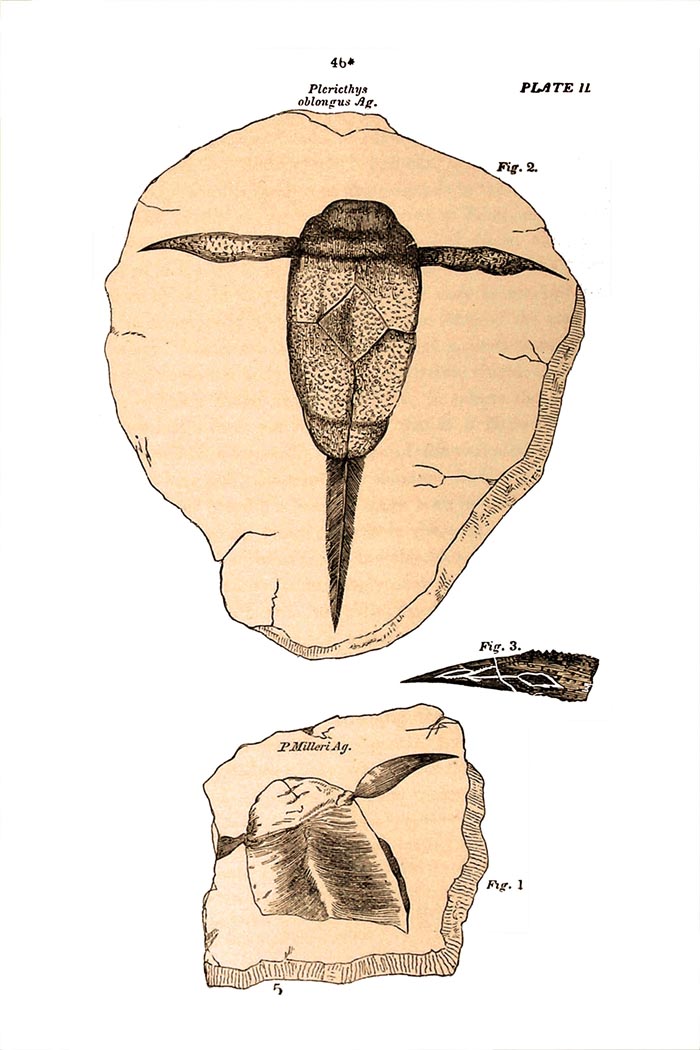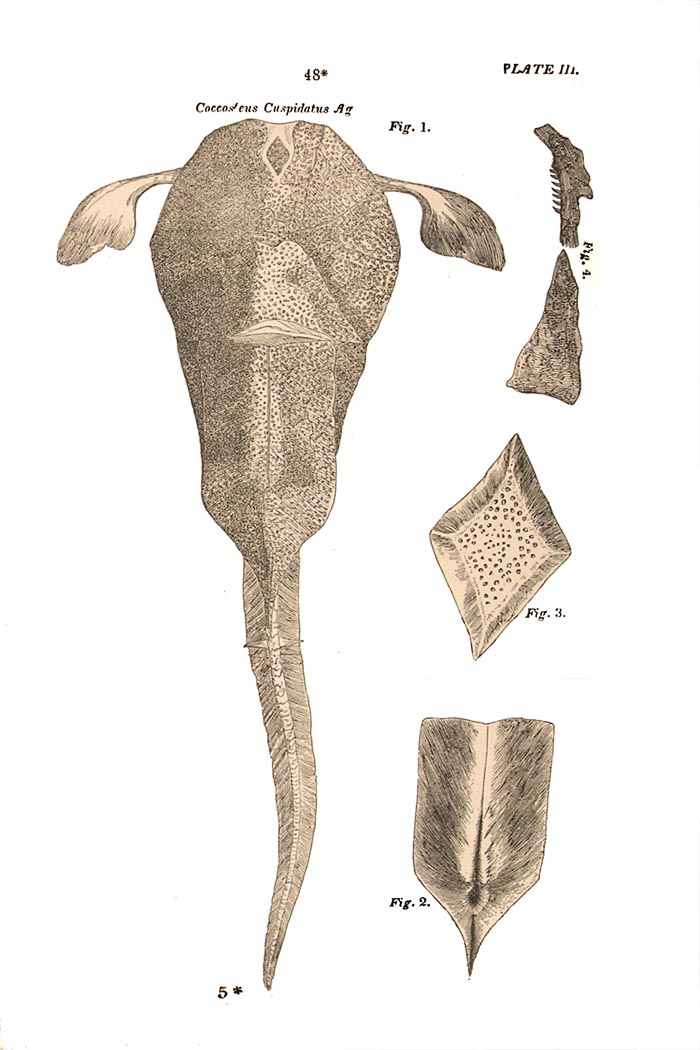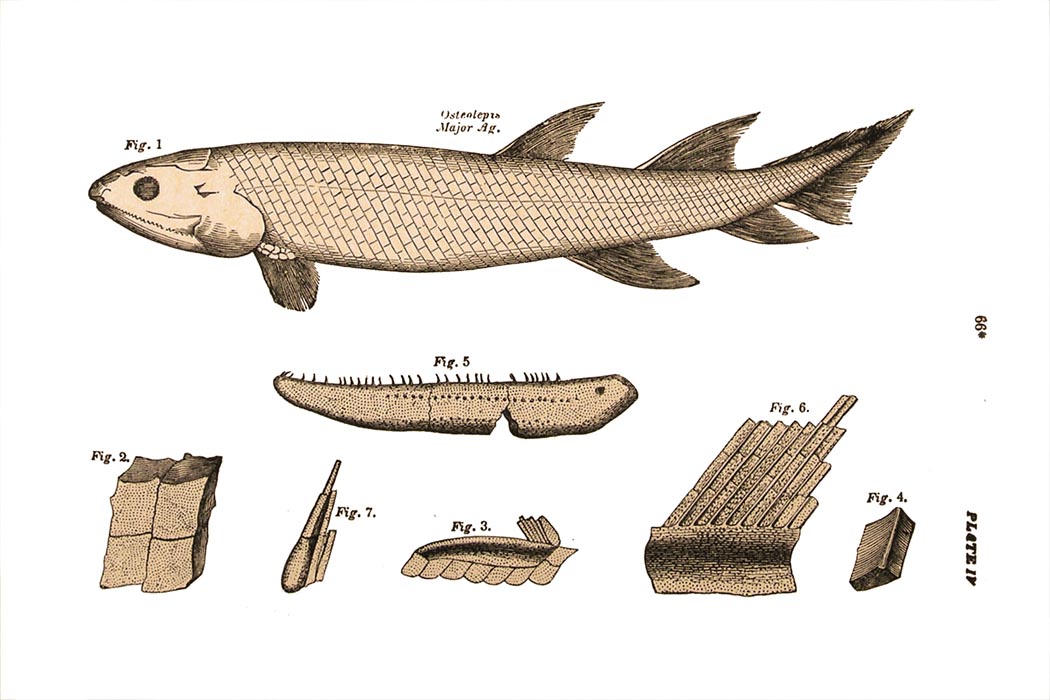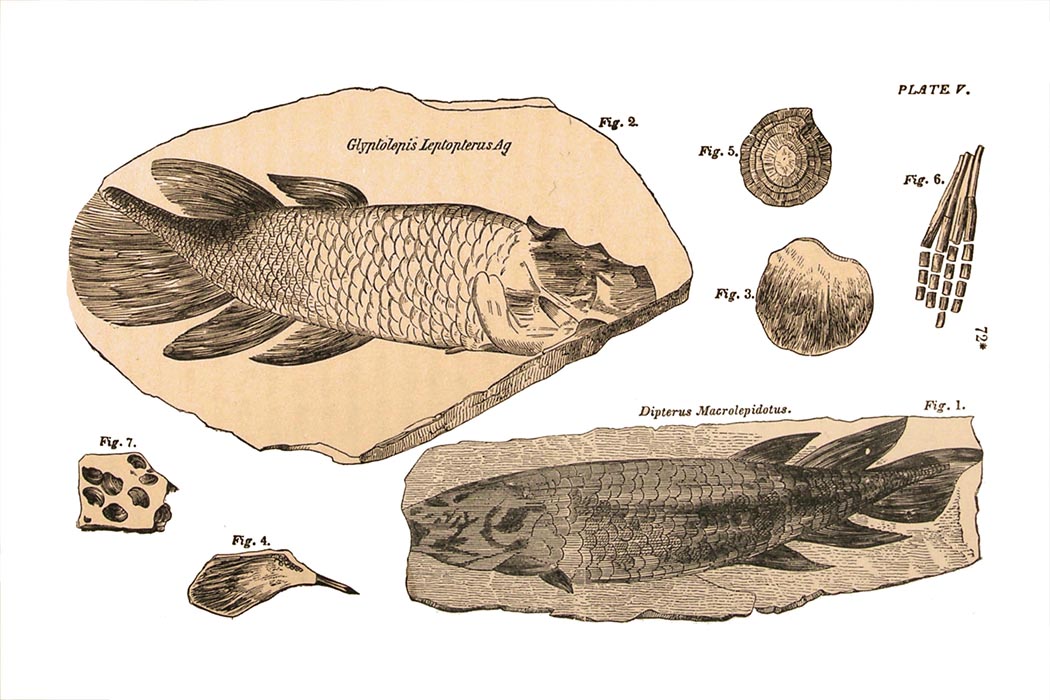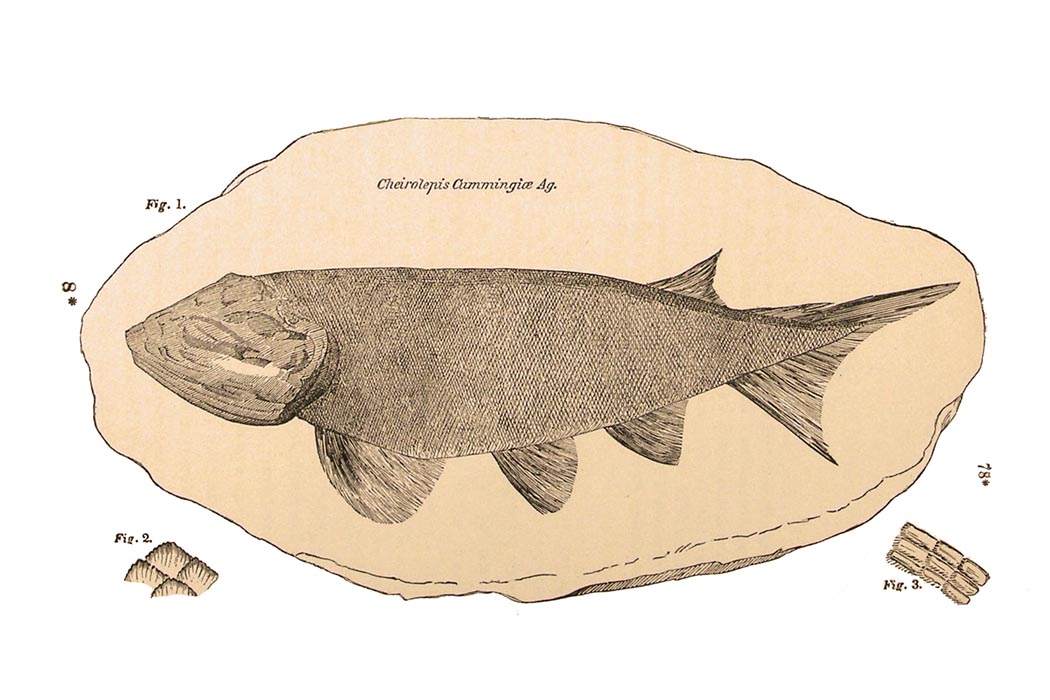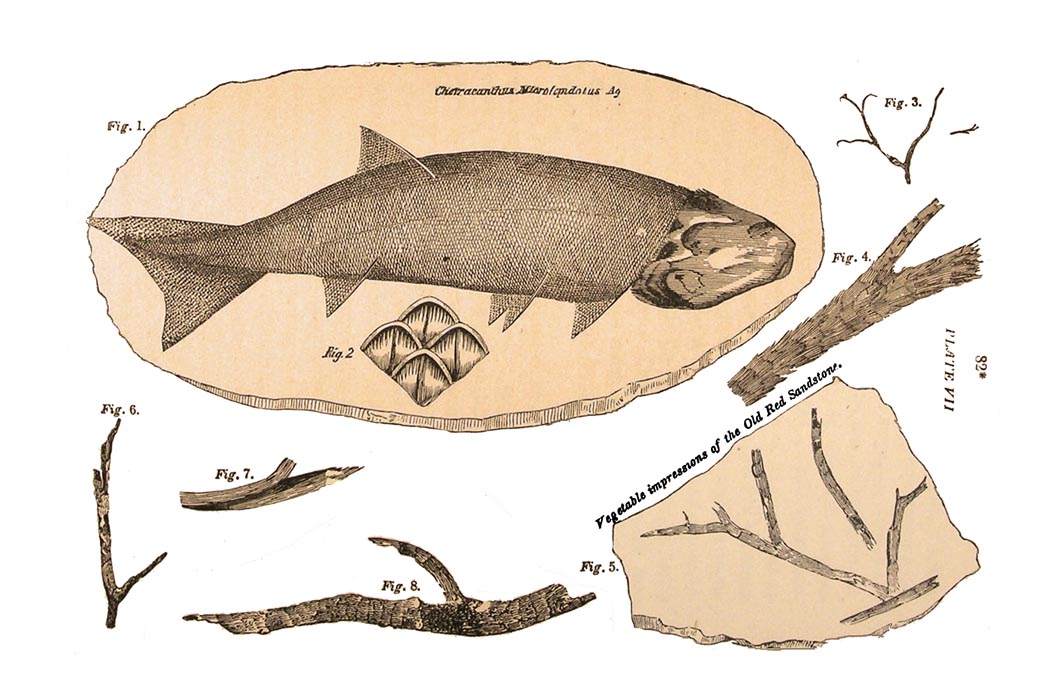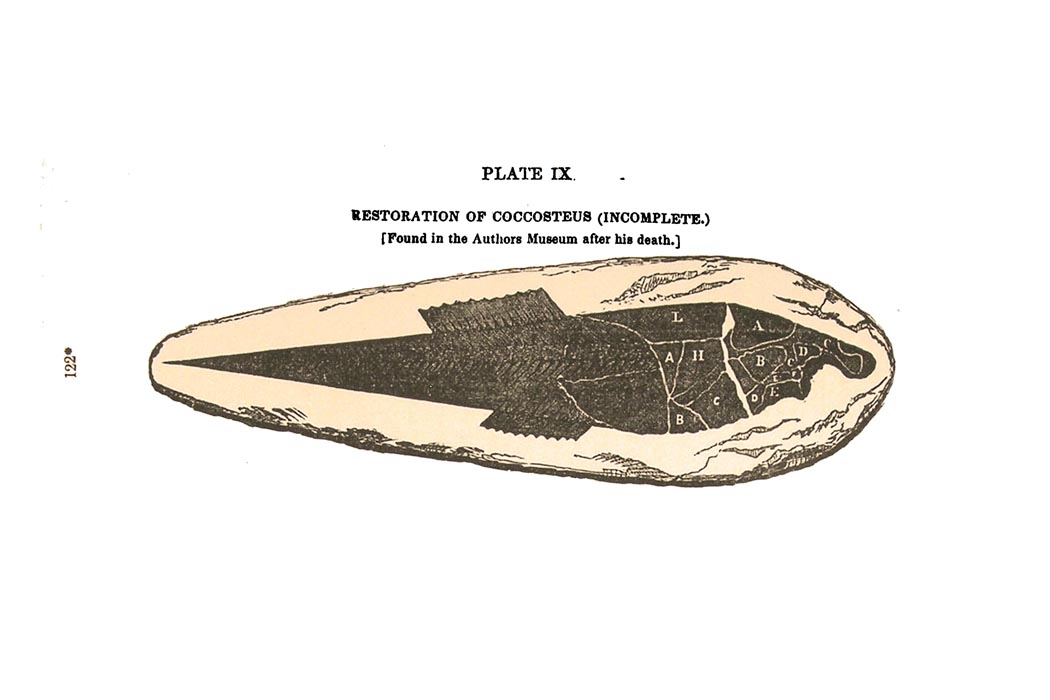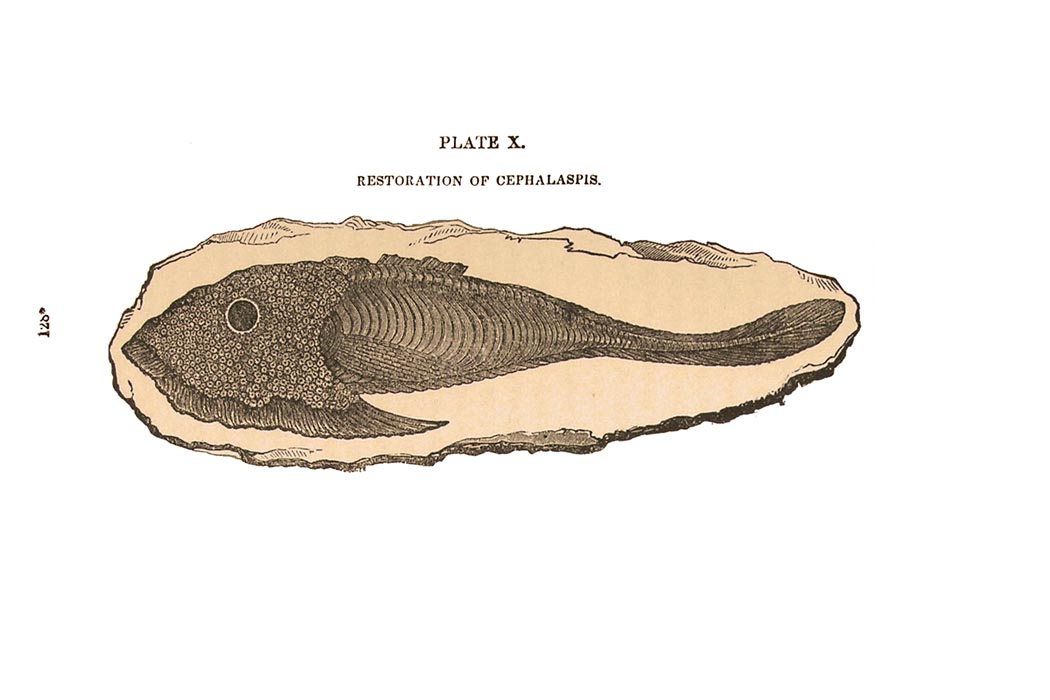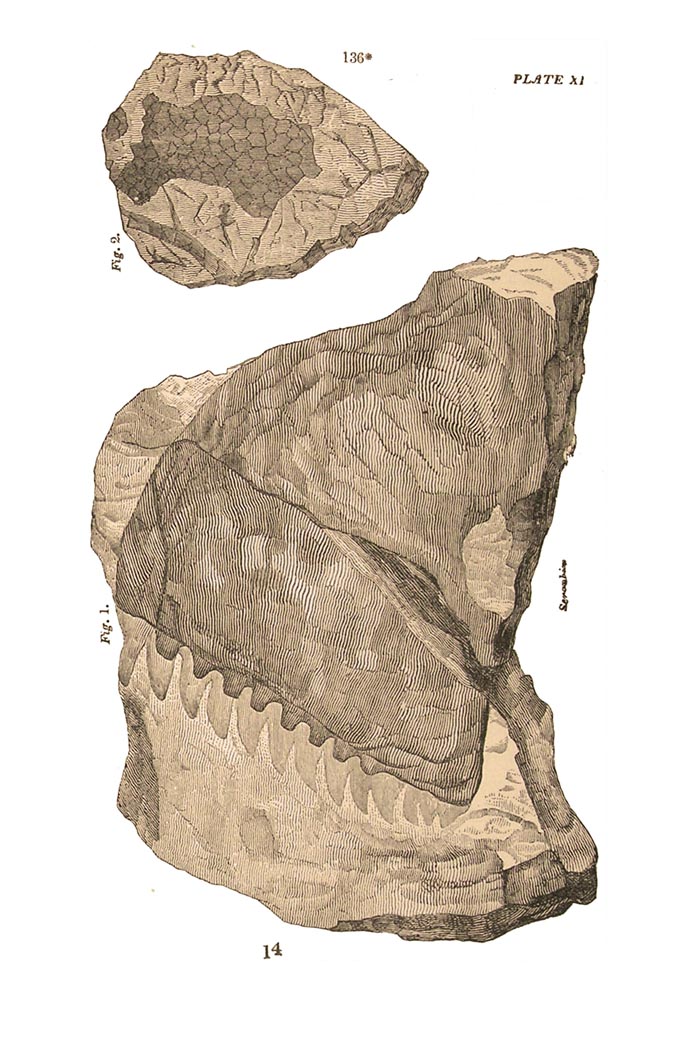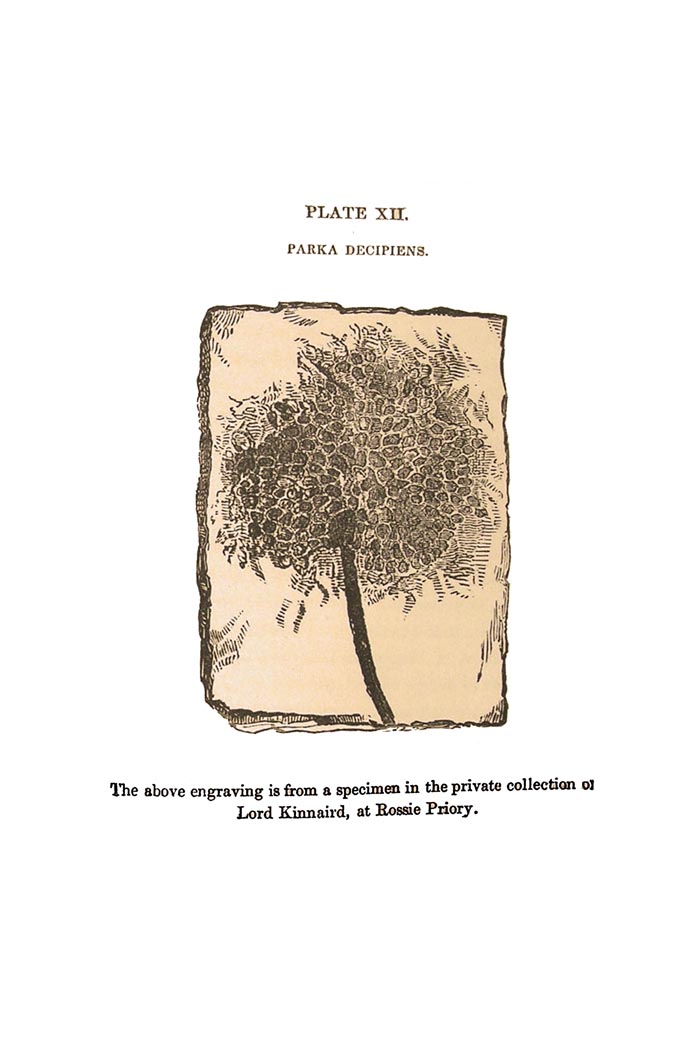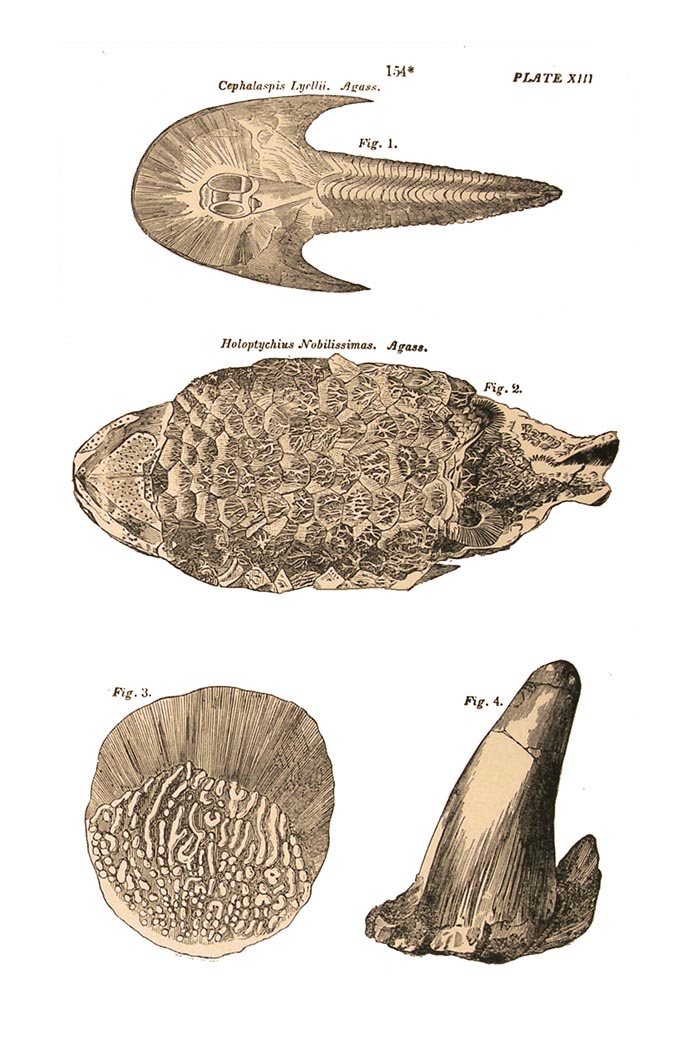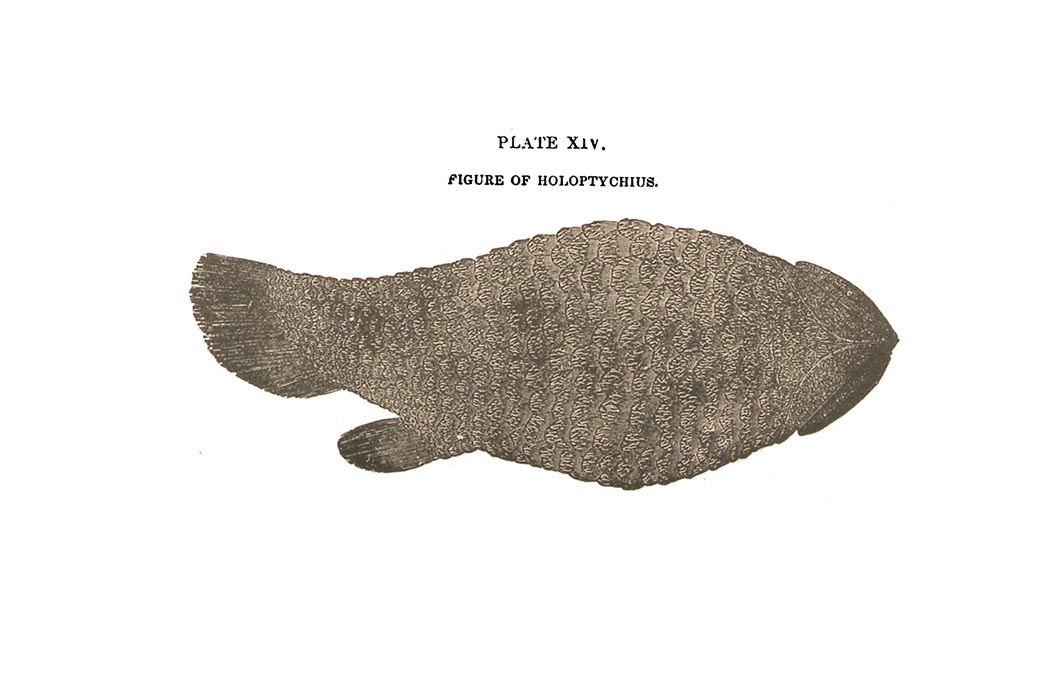Library of 19th Century Science:
The Golden Age of Geology

THE OLD RED SANDSTONE;
OR,
NEW WALKS IN AN OLD FIELD
TO WHICH IS APPENDED
A SERIES OF GEOLOGICAL PAPERS
READ BEFORE THE
ROYAL PHYSICAL SOCIETY OF EDINBURGH
BY
HUGH MILLER, LL. D.
EIGHTH EDITION
1858
(ORIGINAL EDITION 1841)
Acrobat PDF (132 Mb)
This electronic edition prepared by
Dr. David C. Bossard
from original documents in his personal library.
from original documents in his personal library.
March, 2012.
Copyright © 2012 by Dr. David C. Bossard. All rights reserved.



